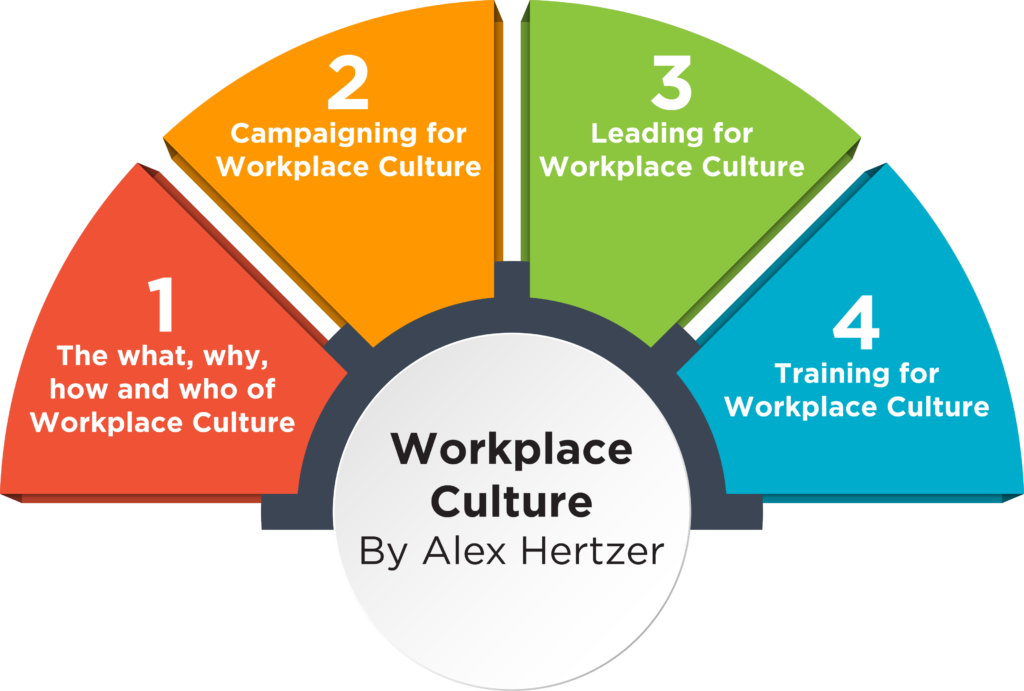For a printable version of this 4-part series by Alex Hertzer, assistant director of Mahoning Valley Manufacturers Coalition, click here.
 A mentor of mine once told me that you should always know at least one thing about a person outside of the workplace.
A mentor of mine once told me that you should always know at least one thing about a person outside of the workplace.
This is something that has always stuck with me. It is something so small it could easily be seen as insignificant.
But it is something that can be so powerful.
It’s real simple. People want to be treated like people. Not a number.
Bringing “home” to work
Culture is built on small everyday moments.
We have all heard for years that what happens at home should stay at home and you shouldn’t bring it into work.
Well, I think we all know that this is near impossible. People are going to struggle with things outside of work that will always affect them in the workplace.
When you know what is going on in your employees’ lives, you can do a better job of setting them up for success in the workplace.
While changing and maintaining culture is found in these emotional moments, it’s also found in our daily operations.
Changing tired thinking
I once heard a story of a woman who always cut the ends of her ham off before placing it in the roasting pan and then into the oven.
When asked why she did this, she responded, “That’s how my mother did it, and that’s how I was taught.”
Then her mother was asked why she cut off the ends of the ham. She also stated, “That’s how my mother did it, and that’s how I was taught.”
Finally, when they asked the grandmother why she cut the ends of the ham off, she said, “My pan was always too small to fit the whole ham. So, I cut the ends off.”
You can see easily how this story relates to the workplace. Maybe that’s why Joe always sweeps the end of the line first when he is cleaning up. Or why Jill always cranks down on that last pass to make a good part even though that’s not how the task instructions read. Or however this concept plays out in your workplace.
There are many tasks and habits spread throughout a facility that were not originally intended to be done that way. But, over time and through tribal knowledge these tasks and habits are picked up. The operational culture is just as crucial to the business as the morale of the employees.
And what’s at the heart of operational culture? Training.
Read Part 4: Training for Workplace Culture, here.


